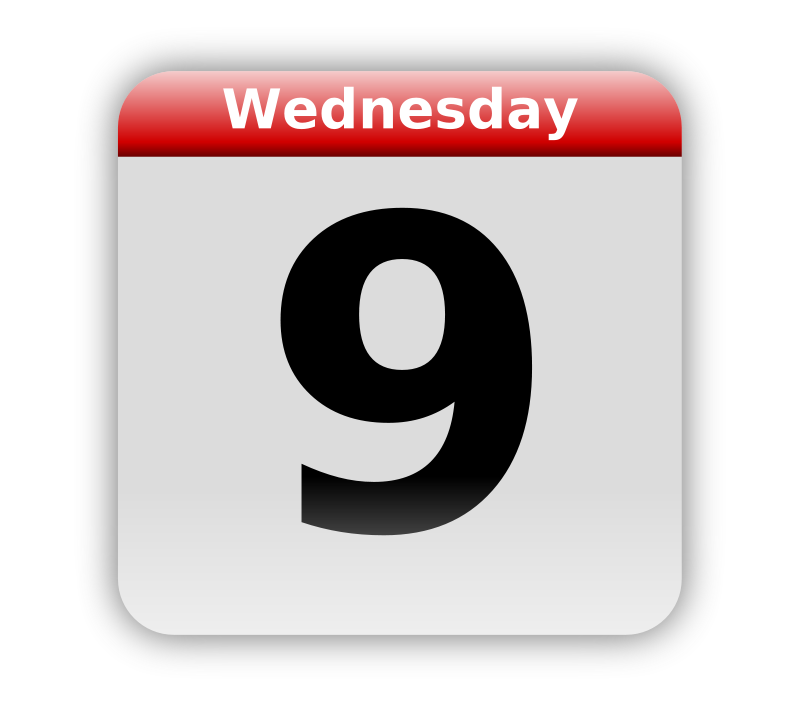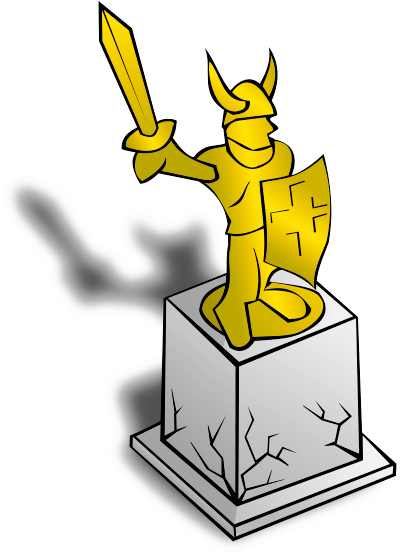Tiaro’s Mirror of Capture is a magic item I wrote up loosely based on an item a player in my Kingmaker campaign wanted to create. In the Kingmaker campaign the players have a museum in their city which they have been using to gather various old artifacts and tomes they find on their adventures through the Stolen Lands. They have a reasonable collection in the museum and it has been drawing people from across Golarion to see some of the artifacts stored there.
The idea for this Mirror of Capture came from the party wizard, primarily as a means to allow the group to capture an image, take a picture if you will, of some place they have been and then bring that picture back to the mirror to display in the museum. The wizard in the party is currently working on crafting this item.
The mirror I have posted below is based on that idea. I added the element of capturing a soul that can be used later to defend the mirror. Enjoy!
Tiaro’s Mirror of Capture
Aura: Strong Divination and Illusion CL: 20th
Slot: None Weight: 40lbs
Description:
The Mirror of Capture is a 2’x3’ mirror that has a smoky, swirling, reddish gray hue and bordered by an intricate gold worked pattern of flowering vines with painted vermilion blossoms to match the similarly colored gem fitted at the top of the mirror. The oblong gem appears to watch over those that gaze into the mirror.
The Mirror of Capture will display images on its surface when speaking a command word with the vermilion gem in the socket at the top of the mirror. The mirror can store and display a series of up to ten images. The Mirror of Capture cycles through the stored images at a constant rate, the mirror becoming the smoky, red-gray tinged hue during transitions.
A person can remove the oblong gem from the mirror and upon speaking a command word capture the image of either an inanimate or living object. The oblong gem functions similar to a Prying Eyes spell. The gem can hold only one still image at a time until placed back into the mirror. Returning the oblong gem back to the mirror will transfer the image into the Mirror of Capture.
The Mirror of Capture also has a lesser known ability known to those who study it, the ability to capture the shadow of a soul. Capturing the shadow of a soul requires one to use the oblong gem as normal to capture an image of a living creature. Upon capturing the image the living creature must be slain and the gem coated with the blood of the creature while speaking the command word. Speaking the command word will cause the gem to collect the shadow of the slain creature’s soul.
Returning the gem to the mirror within seven days after capturing a soul will successfully transfer it to the Mirror of Capture. Failing to return the gem to the mirror within seven days will cause the shadow of the soul to expire within the gem. Placing the gem into the mirror socket transfers both the image of the once living creature and the shadow of the soul to the mirror. The Mirror of Capture will display the image as it would any other.
Speaking a second command word after the image and shadow of a captured soul are in the mirror will release the shadow. The release functions like a Greater Shadow Conjuration spell duplicating a Summon Monster VI spell that calls forth a Shadow Demon. The Shadow Demon will take the shape of the captured image.
Destruction:
Destroying the gem and mirror while combined is near impossible due to their significant power. Attempts to destroy the pair while together will fail. In addition the Mirror of Capture will defend itself by releasing one shadow soul per round up to the number currently stored in the mirror.
Attempting to destroy the gem or mirror while separated is also near impossible without coordination. In order to successfully destroy the mirror one must separate the gem from the mirror and simultaneously cast them into different active volcanoes under stormy skies.






